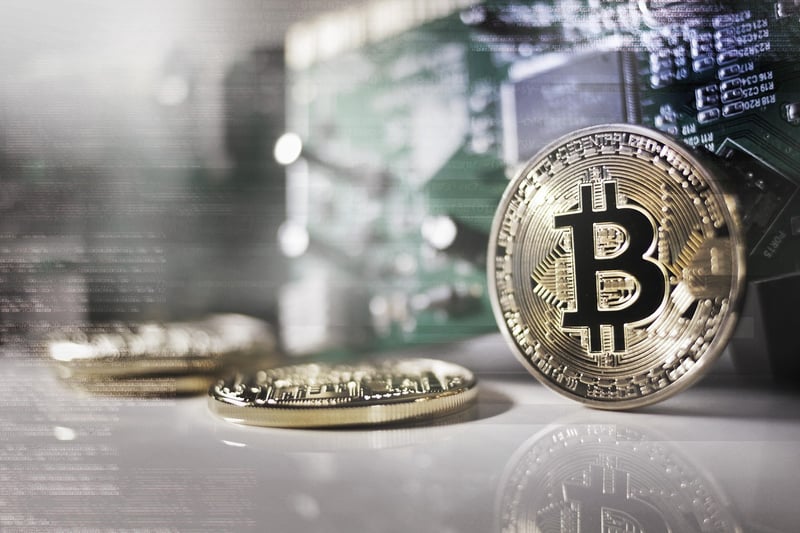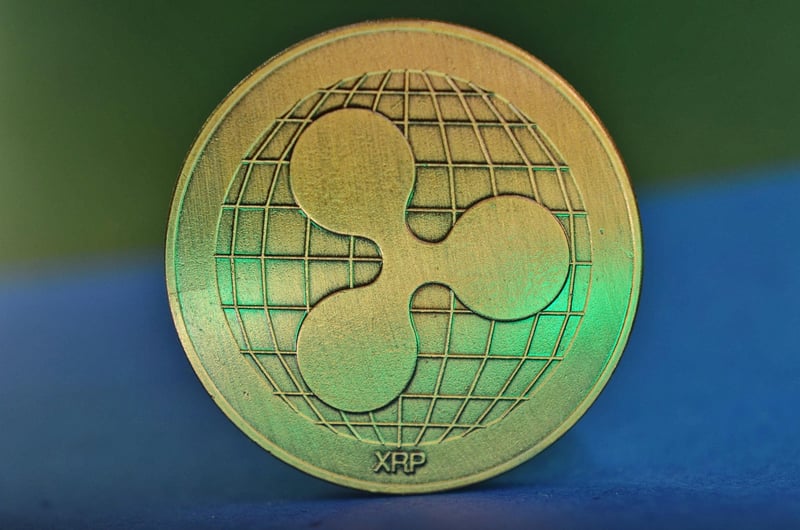Ripple (XRP)
The Rise of Ripple (XRP) in the World of Cryptocurrency
When it comes to cryptocurrencies, Bitcoin and Ethereum often steal the spotlight. However, there is one digital currency that has been making waves in the world of finance - Ripple, represented by XRP. Ripple is not just a cryptocurrency; it's a payment protocol that aims to revolutionize the way we send money globally.
What Sets Ripple Apart?
Ripple stands out from other cryptocurrencies due to its focus on facilitating fast and low-cost international transactions. While Bitcoin and Ethereum can take several minutes to hours to confirm transactions, Ripple's technology allows for near-instant cross-border payments.
Key Features of Ripple (XRP)
- Speed: Ripple transactions are processed in a matter of seconds, making it ideal for real-time payments.
- Scalability: Ripple's network can handle a high volume of transactions per second, far surpassing Bitcoin and Ethereum.
- Stability: Unlike other volatile cryptocurrencies, Ripple's price has shown relative stability over the years.
Adoption and Partnerships
Ripple has gained traction in the financial industry, with several banks and financial institutions adopting its technology for cross-border payments. Some notable partnerships include American Express, Santander, and Standard Chartered.
Future Outlook
As Ripple continues to expand its network and establish more partnerships, XRP is poised to become a key player in the world of digital payments. With its focus on efficiency and speed, Ripple offers a compelling alternative to traditional banking systems.
Conclusion
While Bitcoin and Ethereum remain dominant players in the cryptocurrency market, Ripple's innovative approach to payments has positioned it as a promising contender. As the world moves towards a more interconnected global economy, Ripple's technology may very well shape the future of cross-border transactions.

Learn more about Ripple (XRP) here.
